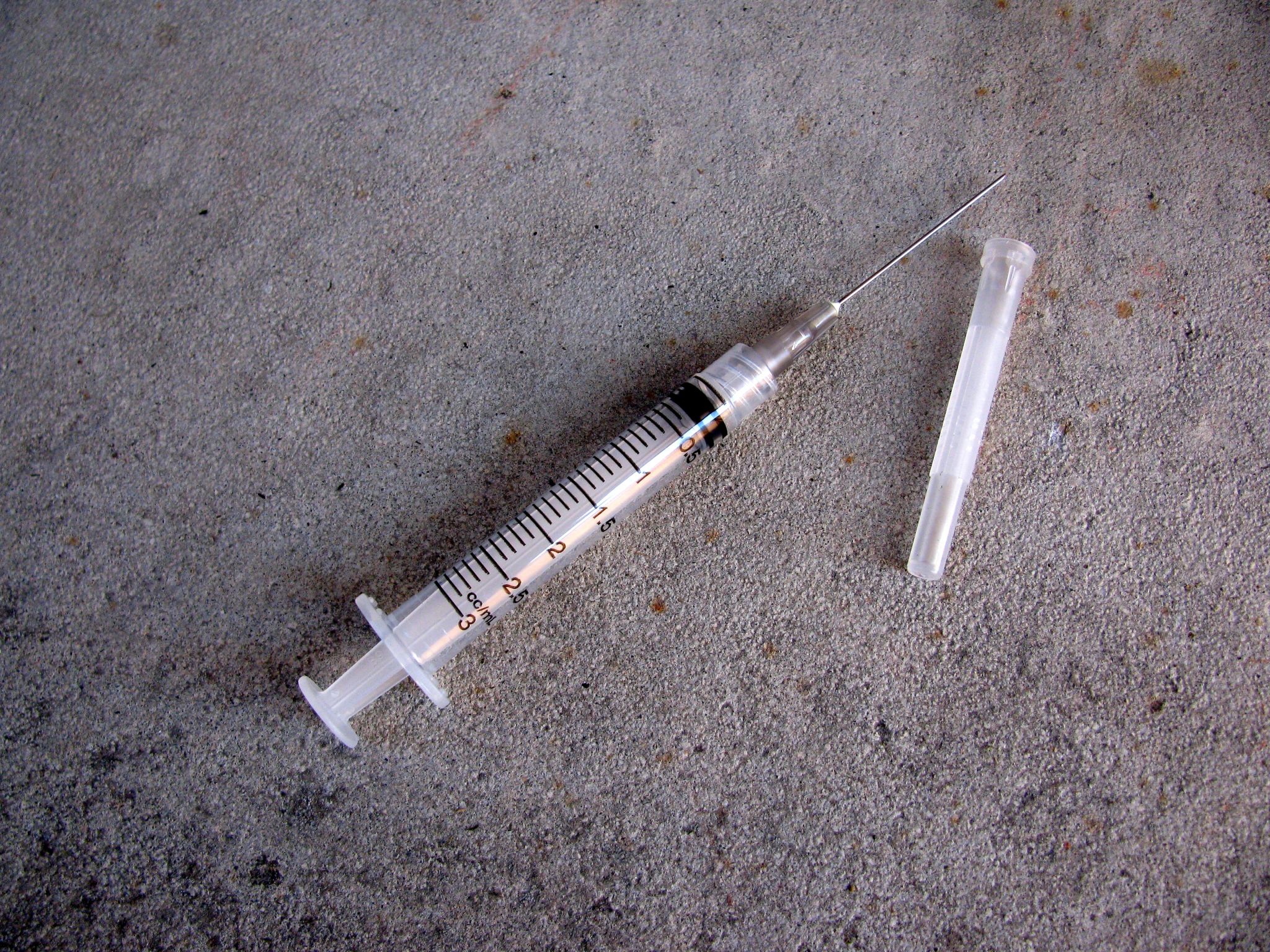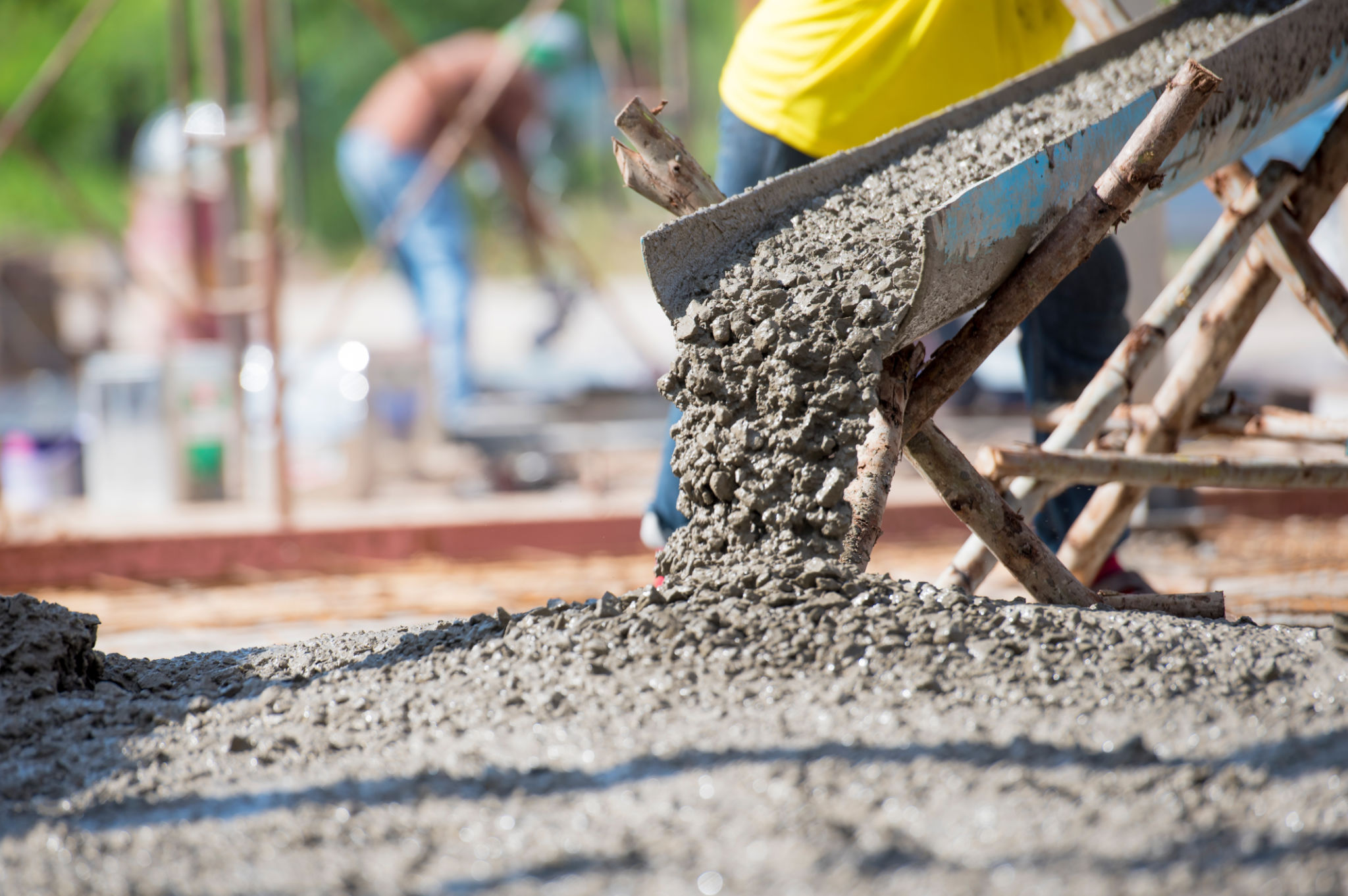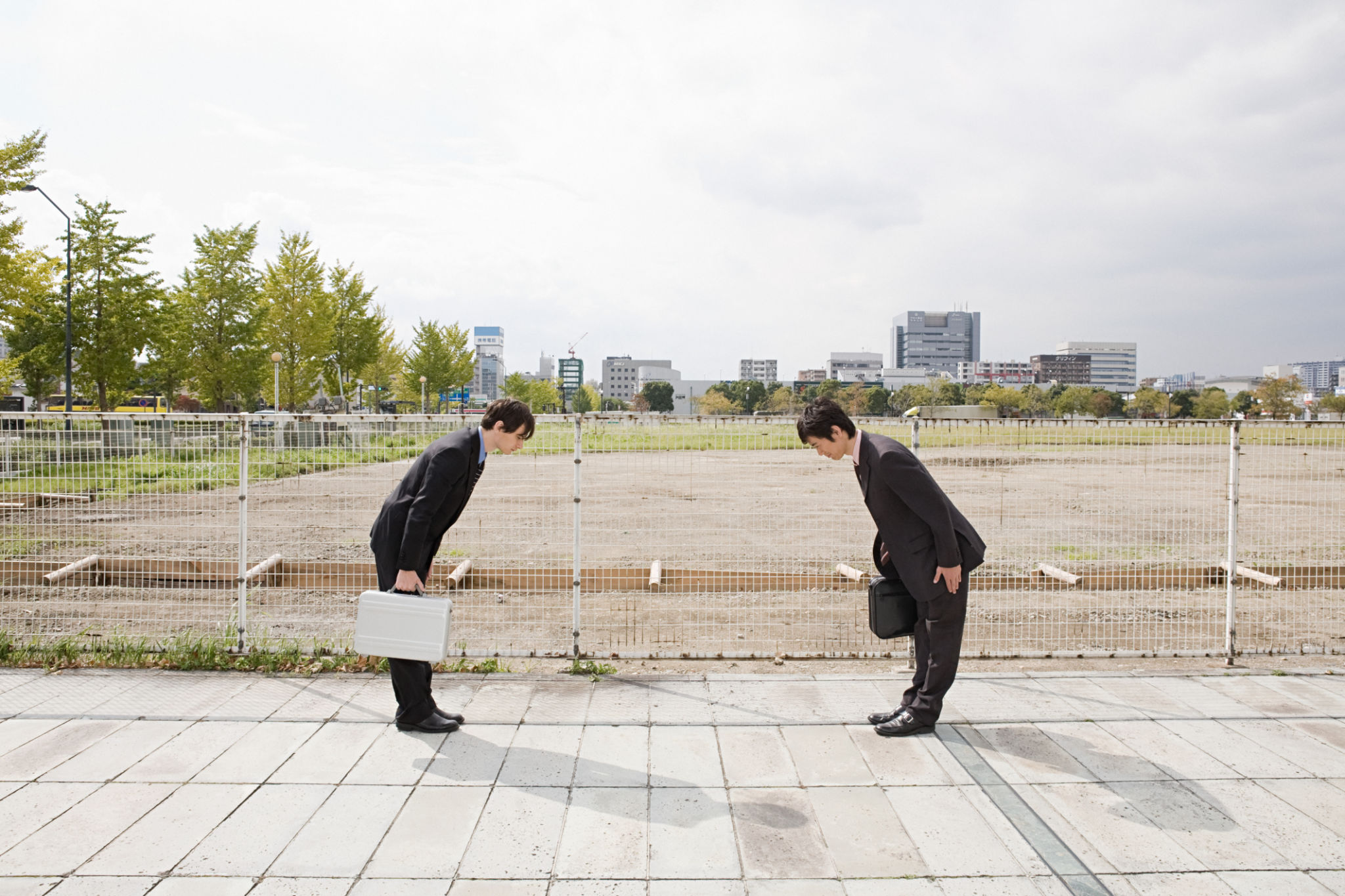Understanding the Concrete Curing Process: Insights from Mpa Concrete Contracting
Introduction to Concrete Curing
Concrete curing is a crucial process that significantly influences the strength and durability of a concrete structure. Often overlooked, curing involves maintaining adequate moisture, temperature, and time to allow the concrete mix to achieve its desired properties. At Mpa Concrete Contracting, we recognize that understanding this process can make a substantial difference in the quality of your concrete projects.

The Importance of Curing
Proper curing is essential for the longevity and performance of concrete. Without it, concrete can suffer from numerous issues such as cracking, reduced strength, and surface defects. By ensuring the right conditions during the curing phase, you can enhance the structural integrity and lifespan of your construction.
Key Factors in Concrete Curing
There are several factors to consider during the curing process. These include:
- Moisture: Maintaining adequate moisture is critical to prevent the concrete from drying out prematurely.
- Temperature: The ideal curing temperature typically ranges between 50°F and 75°F.
- Time: The duration of curing can vary depending on the mix and environmental conditions but generally lasts a minimum of seven days.

Methods of Curing
Mpa Concrete Contracting employs various methods to ensure effective curing. These methods are selected based on project requirements and environmental conditions. Common methods include:
- Water Curing: This involves continuous or frequent application of water to maintain moisture levels.
- Curing Compounds: These are applied to form a waterproof layer over the concrete surface, trapping moisture inside.
- Covering with Wet Burlaps: Wet burlaps are placed over the concrete to retain moisture and control temperature fluctuations.
Challenges in Concrete Curing
Despite its importance, curing can present several challenges. Environmental factors such as wind, direct sunlight, and extreme temperatures can impact curing effectiveness. Additionally, improper application of curing methods can lead to suboptimal results, potentially affecting the overall quality of the concrete.

The Role of Expertise
Engaging experienced professionals like those at Mpa Concrete Contracting ensures that these challenges are effectively managed. Our team understands the intricacies of the curing process and can tailor solutions to fit specific project needs, ensuring optimal results and long-lasting performance.
Benefits of Proper Curing
When done correctly, curing offers numerous advantages, including:
- Enhanced Strength: Properly cured concrete is significantly stronger and more resilient.
- Improved Durability: It ensures better resistance to weathering and chemical attack.
- Aesthetic Quality: Well-cured surfaces are smoother and less prone to defects.
Conclusion
Understanding the concrete curing process is vital for anyone involved in construction. With Mpa Concrete Contracting’s expertise, you can ensure that your concrete structures meet the highest standards of quality and durability. By prioritizing proper curing techniques, you invest in the longevity and success of your project.
